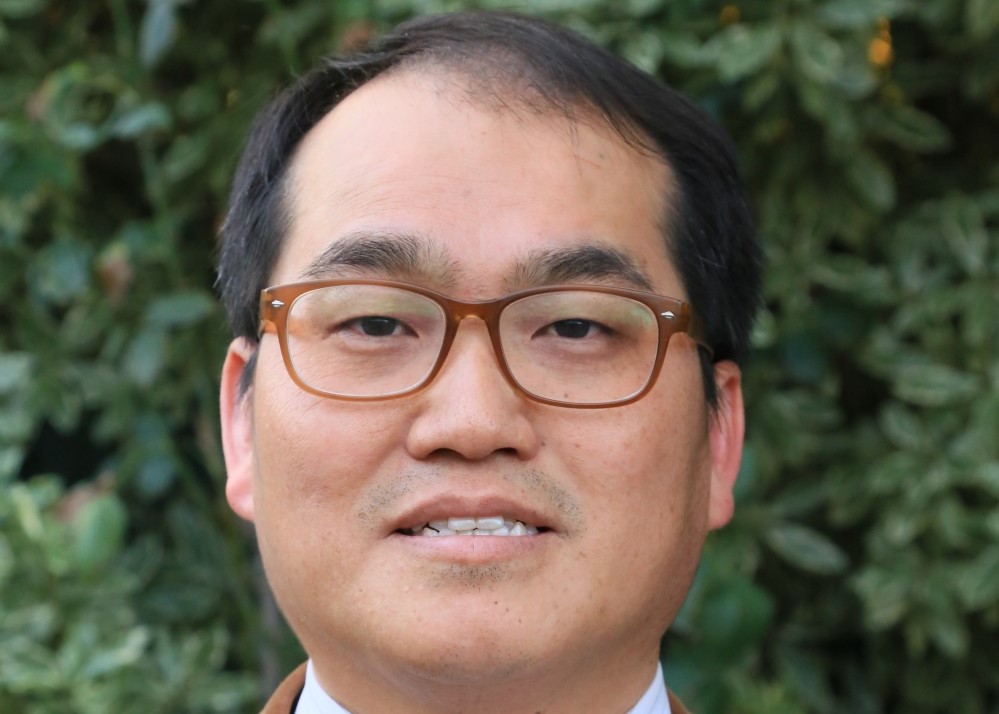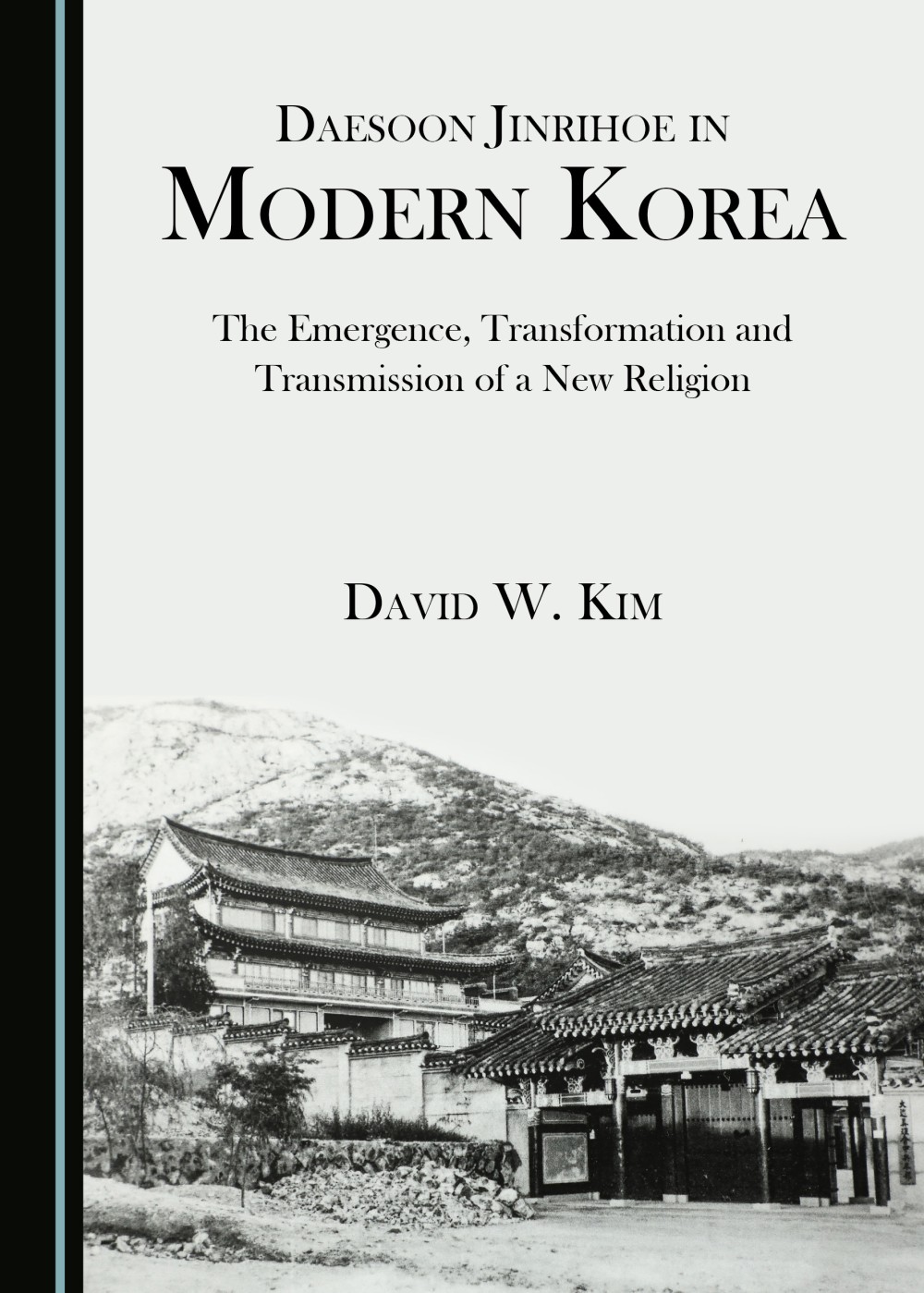- Daesoon Jinrihoe in Modern Korea - Professor David Kim's Groundbreaking New Book (David William Kim)
- 2021-04-21

Today I would like to introduce one of my latest books, Daesoon Jinrihoe in Modern Korea: The Emergence, Transformation and Transmission of a New Religion (2020). My initial contact with Daesoon Jinrihoe came when I met Professor Lee Gyungwon of Daejin University at an international conference on the study of New Religious Movements (NRMs) in Northwest Africa (Morocco) in around 2012. At that time, it occurred to me that although Daesoon Jinrihoe has been recognized as a well-developed religious organization in the modern history of Korea, its unique teaching and rituals had yet to be unveiled to outsiders including Western readers of Korean Studies, sociology, anthropology, philosophy, and NRMs. By way of contrast, the study of Won Buddhism was already reasonably developed in many countries including the USA and Europe, but Daesoon Jinrihoe was still tragically under-researched. As such, I felt highly motivated to explore Daesoon Jinrihoe as an academic learner from the time teaching at the University of Edinburgh, Scotland, and Seoul National University.
A couple years after that fateful conference with Professor Lee, my personal experience as a researcher of Korean religions began blossoming around 2014 when I started composing articles on my findings. This developed even further when I attended the 2016 Center for Studies on New Religions (CESNUR) Conference which was co-hosted by Daejin University. Numerous personal and public visitations to Daesoon Jinrihoe sites followed, and I might very well be Daesoon Jinrihoe’s most frequently received outside visitor.
 It was roughly around that same time, that I committed myself to the project of composing a full-length book on Daesoon Jinrihoe due to my fascination with the globalization of native Korean religious beliefs. In writing, Daesoon Jinrihoe in Modern Korea: The Emergence, Transformation and Transmission of a New Religion, my hope was to inform readers that although the traditional religions of Asia played a significant role within each society of the continent by sustaining Asia’s unique regional culture within the history of humanity, the religious influence of those religions was soon challenged by the wave of colonialism that swept the region during the modern period of Asian history. When the global boom of European imperialism and the expansion of Christianity reached the Asian continent, local communities of East Asia (China, Korea, and Japan) experienced confusion but also transformation as well.
It was roughly around that same time, that I committed myself to the project of composing a full-length book on Daesoon Jinrihoe due to my fascination with the globalization of native Korean religious beliefs. In writing, Daesoon Jinrihoe in Modern Korea: The Emergence, Transformation and Transmission of a New Religion, my hope was to inform readers that although the traditional religions of Asia played a significant role within each society of the continent by sustaining Asia’s unique regional culture within the history of humanity, the religious influence of those religions was soon challenged by the wave of colonialism that swept the region during the modern period of Asian history. When the global boom of European imperialism and the expansion of Christianity reached the Asian continent, local communities of East Asia (China, Korea, and Japan) experienced confusion but also transformation as well.Among the post-1860 movements, Daesoon Jinrihoe, a religion within the Jeungsan group that was transmitted by Jo Jeongsan and Park Wudang, became one of the most successful movements in terms of its size and social impact. Daesoon Jinrihoe represents an innovative voice that is recognizably distinct when juxtaposed against traditional religions in Korea such as Buddhism, Confucianism, Daoism, Christianity, and local folk religions. By reading the volume, scholars will be shown why Daesoon Jinrihoe is not just another syncretic religion, but rather a religion that succeeds at both innovating traditional religious thought and postulating theological explorations that are completely novel and unprecedented even in contemporary virtual society.
David William Kim
Australian National University
Kookmin University, Seoul
